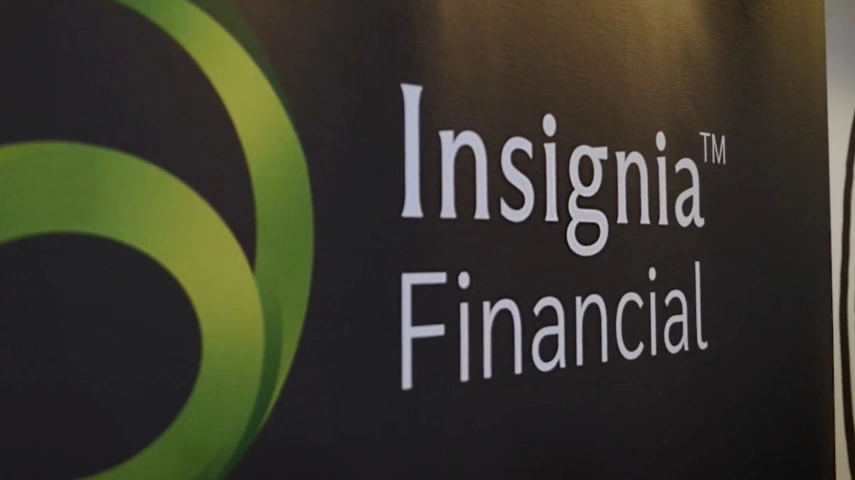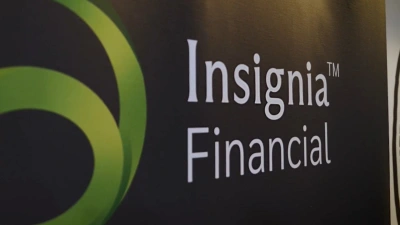Insignia announces $2.3bn quarterly inflows, third Bain Capital bid



Insignia Financial has announced total quarterly net inflows of $2.3 billion as well as a third bid from Bain Capital.
In its quarterly results for the three months to 31 December, it said total net inflows were driven by $564 million into MLC Expand, $577 million into retail Asset Management, and $2 billion institutional net inflows into asset management.
Asset Management funds under management now stand at $95.4 billion, up by 5.1 per cent, while Wrap funds under administration are $99.1 billion, up by 1.1 per cent.
The inflows were partly offset by outflows from Master Trust and legacy Wrap products, Insignia said.
During the quarter, it entered into an initial agreement with SS&C Technologies to simplify and transform its Master Trust business which it said was a “critical step” in its 2030 strategy and is on track for completion in the first quarter of 2025.
It also completed the separation of the MLC business from NAB which was acquired in 2021.
Insignia Financial chief executive, Scott Hartley, said: “FUMA grew to $326.8 billion during the quarter, supported by strong market growth and improved flows performance across several business channels.
“Our Advised Wrap flows continued to strengthen, and we continue to see solid momentum in MLC Expand post-migration, with $613 million in underlying net inflows for the quarter, underpinned by the most contemporary platform technology in the market, our proprietary technology stack, speed to market and AdviserFirst philosophy.
“In Master Trust, the Workplace business continued its historically strong profile of net inflows. The Direct channel also attracted positive net inflows for the quarter. In Asset Management, net inflows of $2.6 billion were driven by strong institutional flows, and were supported by the launch of the MLC Reinsurance Investment Fund – the first time Insignia Financial has packaged its Alternatives capability for the external market. We continue to see the growing strength of the Retail Multi-Asset capability, which is benefitting from increasing flows from the Advised Wrap products.
“The growth we’ve achieved throughout this quarter and the delivery of these key strategic milestones highlights our ability to deliver our 2030 strategy. Looking forward, we continue to focus on delivering our remaining FY25 initiatives, including accelerated cost optimisation and embedding our new operating structure.”
On the same day (23 January), Insignia also announced it had received a third bid from Bain Capital which matched the CC Capital bid of $4.60 per share.
As a result, Insignia has granted Bain access to select company information, same as for CC Capital which received access on 20 January, in the hope of receiving a higher offer.
“In order to determine if Bain is able to formulate a further improved proposal from that reflected in the Bain Second Revised Indicative Proposal, Insignia Financial has offered to provide to Bain a limited period of access to certain non-public information on a non-exclusive basis. The provision of this information is subject to certain conditions, including the signing of an appropriate confidentiality and standstill agreement by Bain.”
Recommended for you
A new report from the Financial Services Council has detailed what advisers value the most from their licensee, as well as the time and cost savings from being part of an AFSL.
Receiving advice and guidance has been identified as a factor making up a successful retail investment system. Vanguard has shared policy recommendations to ensure greater advice accessibility.
The pressure is on for technology providers as Investment Trends’ latest industry report reveals advisers are consolidating their platform use, directing the majority of funds to just one primary platform.
DASH Technology Group has announced a suite of enhancements for its core platform technology to better support advisers and the growing wholesale investment market.














